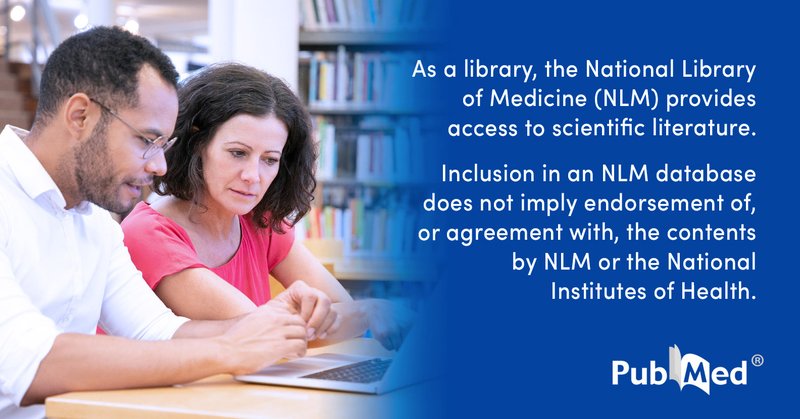
McManus Lab @CMU
@McManusRNALab
Followers
310
Following
216
Media
0
Statuses
144
We study mechanisms and evolution of gene expression
Pittsburgh, PA
Joined April 2021
RT @GeneticsGSA: Exciting news for our community 🎉 #NobelPrize. Victor Ambros and Gary Ruvkun have been awarded the 2024 Nobel Prize in Phy….
0
46
0
RT @NatureBiotech: A new nanopore sequencing method can translocate long proteins, enabling detection of single amino acid substitutions an….
nature.com
Nature - A technique for threading long protein strands through a nanopore by electrophoresis and back using a protein unfoldase motor, ClpX, enables single protein molecules to be analyzed...
0
12
0
RT @GreenLabJHMI: We’ve captured the splitting image of Slh1: our work on an enzyme that splits collided ribosomes in E. coli is out on bio….
biorxiv.org
Although many antibiotics inhibit bacterial ribosomes, loss of known factors that rescue stalled ribosomes does not lead to robust antibiotic sensitivity in E. coli , suggesting the existence of...
0
24
0
RT @maxewilkinson: My favourite discovery ever has just come online. Can I please tell you about some seriously wacky molecular biology? Th….
0
1K
0
RT @Jayquerido: Our new paper is finally out!.We discovered that the human tumor suppressor protein Pdcd4 binds to the #mRNA entry channel….
0
26
0
RT @CmuScience: The Department of Biological Sciences is bringing quantitative biology to the forefront. https://t.….
0
2
0
RT @KoliaRoiuk: Last week my main project was published at @NatureComms, so there is a thread about our findings: .
0
7
0
RT @scientistmomEB: Cannot say enough positive things about publishing this study in #GENETICS - reviewers gave really important feedback a….
0
3
0
RT @WilsonLab2: The human mitochondrial translation factor TACO1 alleviates mitoribosome stalling at polyproline stretches - PubMed https:/….
pubmed.ncbi.nlm.nih.gov
The prokaryotic translation elongation factor P (EF-P) and the eukaryotic/archaeal counterparts eIF5A/aIF5A are proteins that serve a crucial role in mitigating ribosomal stalling during the transl...
0
5
0
RT @biorxiv_biophys: eIF1 and eIF5 dynamically control translation start site fidelity #biorxiv_biophys.
0
7
0
Delighted to share our recent manuscript on the roles of P-body factors in Candida albicans filamentation and stress response . Fantastic collaboration with Aaron Mitchell (UGA) and Fred Lanni (CMU), led by an amazing graduate student (@MTosiano)!.
biorxiv.org
Hyphal growth is strongly associated with virulence in the human fungal pathogen Candida albicans . While hyphal transcriptional networks have been the subject of intense study, relatively little is...
0
5
11
Check out our most recent manuscript Christina Akirtava (@bio2data) and Gemma May (@gemmaemay) tested > ten thousand natural yeast transcript leaders (5' UTRs) and determined the relative roles of RNA sequence motifs and structures. Nice work!.
biorxiv.org
Protein synthesis is a vital process that is highly regulated at the initiation step of translation. Eukaryotic 5’ transcript leaders (TLs) contain a variety of cis -regulatory features that influe...
1
4
18
RT @GreenLabJHMI: We’re excited to share our study in @CellCellPress on the role of the MAP3 kinase ZAK in UV-induced apoptosis led by @2pr….
cell.com
A comprehensive analysis of molecular and cellular changes following UV irradiation reveals that the ribotoxic stress response, rather than the DNA damage response, mediates UV-dependent programmed...
0
39
0
RT @thesilvalab: And then this email my box today!! I'm extremely happy and honored to announce that I've been awarded TENURE and promoted….
0
48
0
RT @yeo_lab: However, amidst the myriad of predicted RBPs, it's unclear which ones affect exon inclusion directly. Our latest research @Nat….
link.springer.com
Nature Biotechnology - Alternative splicing is controlled with engineered fusion splicing factors.
0
11
0
RT @NatureBiotech: Large-scale evaluation of the ability of RNA-binding proteins to activate exon inclusion https:/….
0
43
0
RT @GeneWeiLiLab: We are happy to share our latest work revealing that pseudouridine is found in bacterial mRNA! A….
biorxiv.org
Pseudouridine (Ψ) is an ubiquitous RNA modification, present in the tRNAs and rRNAs of species across all domains of life. Conserved pseudouridine synthases modify the mRNAs of diverse eukaryotes,...
0
14
0
RT @GreenLabJHMI: Check out our new preprint in collaboration with @jingdongcheng lab about how LARP1 senses the abundance of non-translati….
0
30
0






